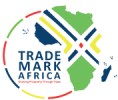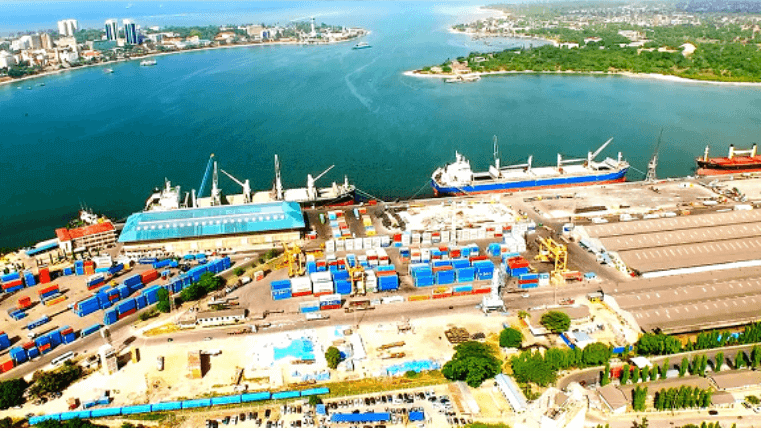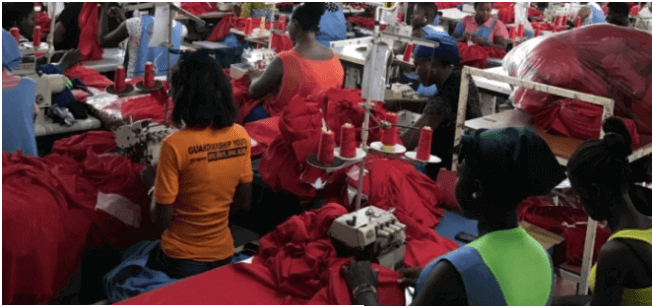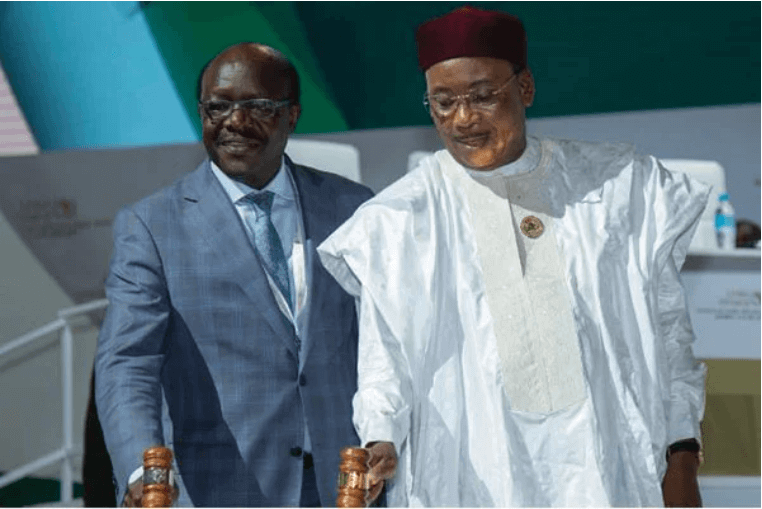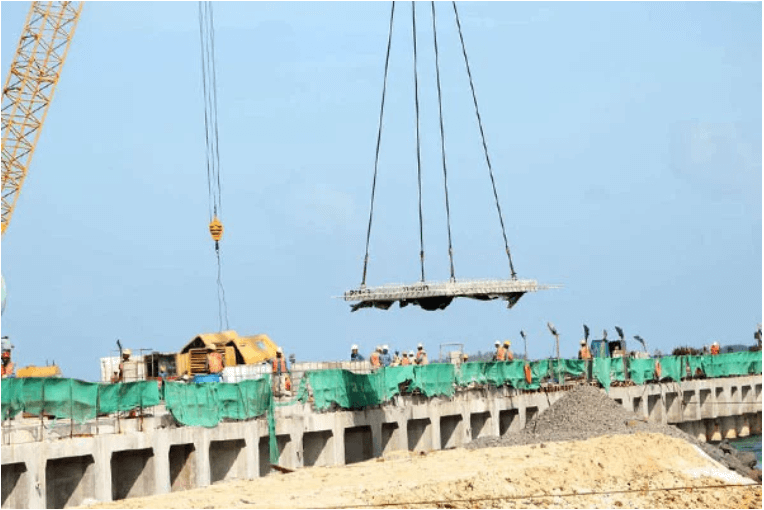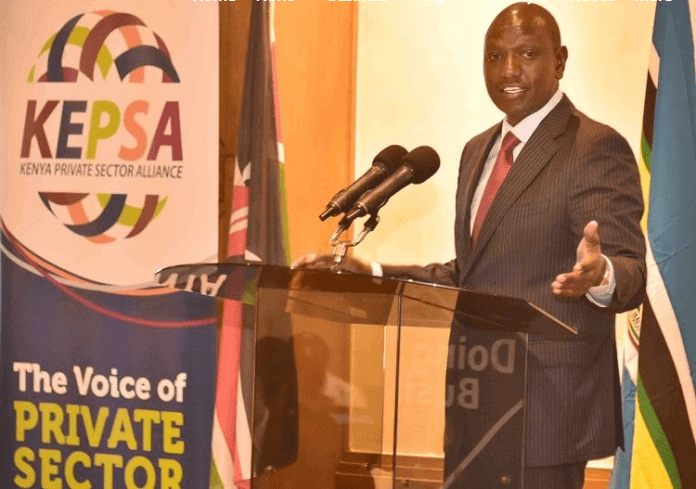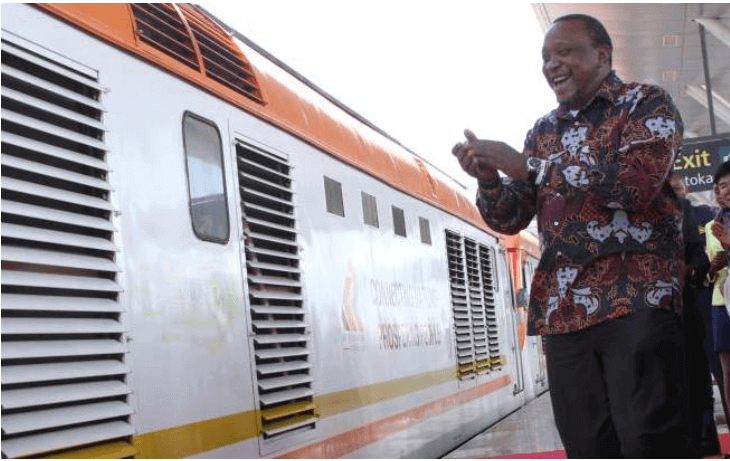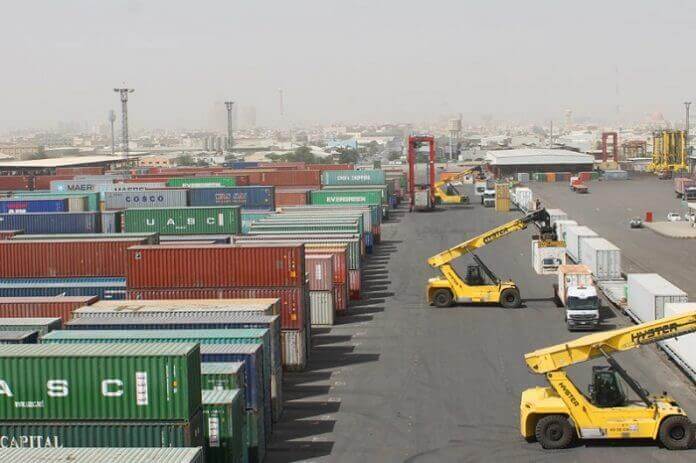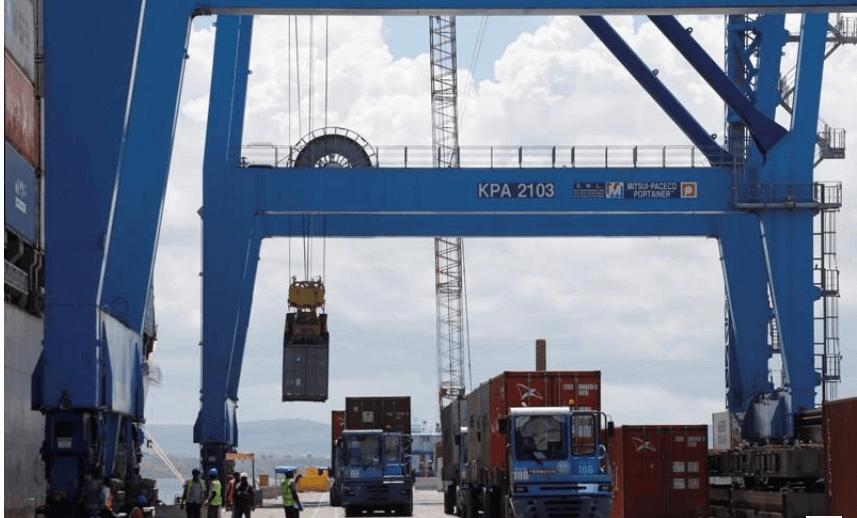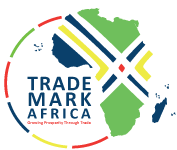Dar es Salaam. The government yesterday directed the Tanzania Ports Authority (TPA) and institutions dealing in the clearing of goods at Dar es Salaam Port to work under one roof in order to further reduce dwell time. Some institutions responsible for clearing of goods out of customs control include the Tanzania Shipping Agencies Corporation (Tasac), Tanzania Bureau of Standards (TBS), Tanzania Medicine and Medical Devices Authority (TMDA) and Tanzania Revenue Authority (TRA). The directive was issued by the Works, Transport and Communication minister, Mr Isack Kamwelwe, when briefing the press after a joint meeting of the TPA and Tasac boards. Mr Kamwelwe said the decision aims at improving efficiency and providing solutions to various challenges listed after Dar es Salaam Port started operating for 24 hours, seven days a week. “Dar es Salaam started operating for 24 hours a day and seven days a week on May 8, 2017, implementing President John Magufuli’s directives issued during the Tanzania National Business Council (TNBC) meeting,” he said, adding. “But, clients have reported the absence of some key players during the process, disrupting the purpose of commencing the new setup, causing inefficiency of the port and deny the government with appropriate revenues.” He said the permanent secretary in his docket has been directed to form a committee that pass through challenges outlined by clients and suggest means of resolving them. “The committee’s composition and members will be announce shortly, but will be ensure all challenges are addressed including overseeing performance of all institution...
Make Dar es Salaam port one-stop centre now, says govt
Posted on: October 29, 2019
Posted on: October 29, 2019
